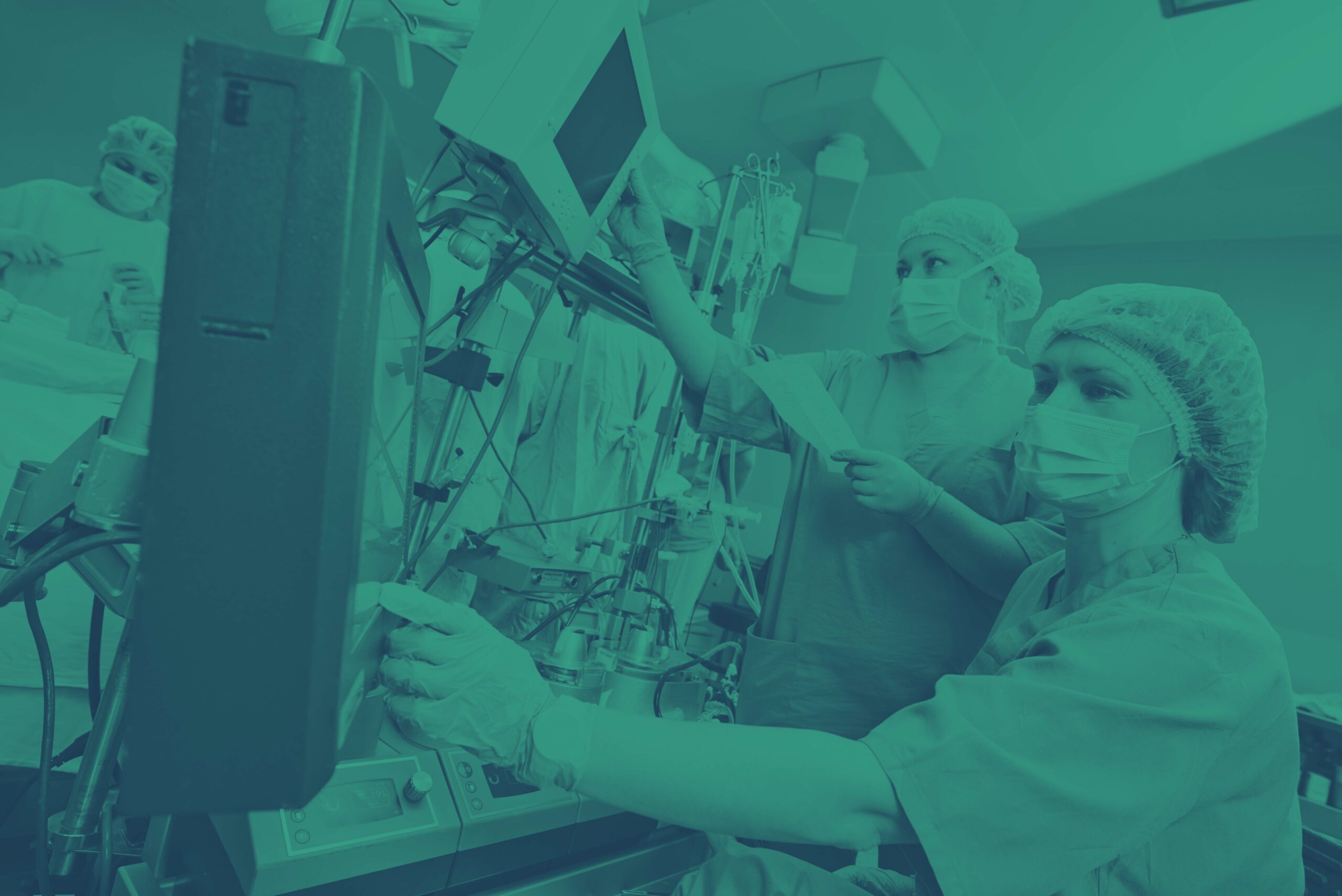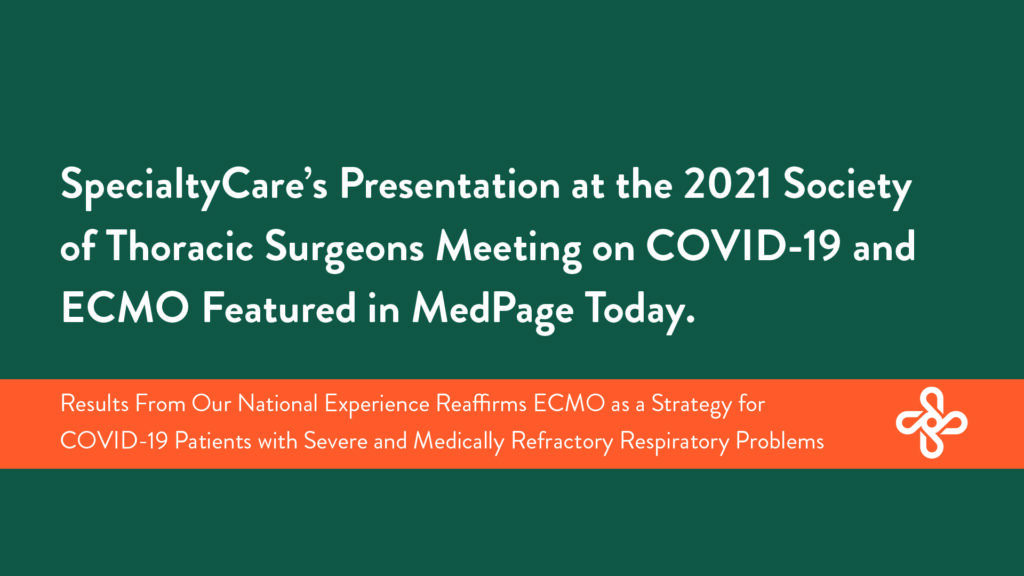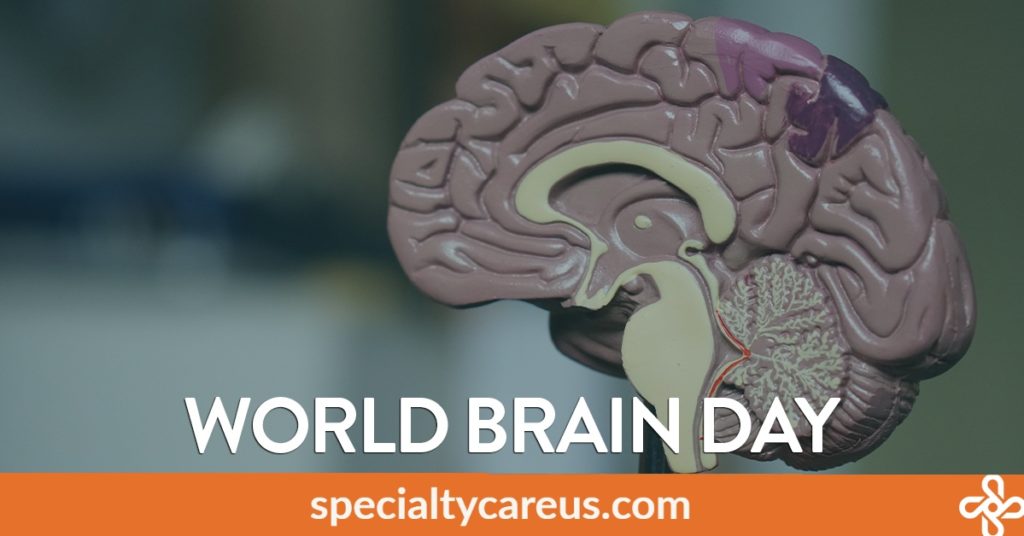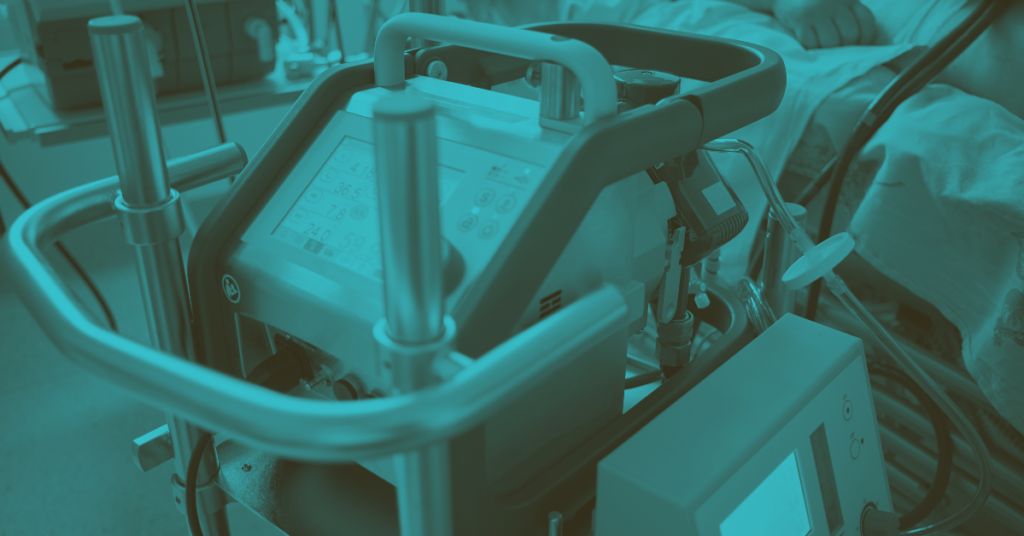
“We have an enormous problem that is often not beginning on street corners; it is starting in doctor’s offices and hospitals in every state in our nation.” This quote comes from the recent interim report by the Commission on Combating Drug Addiction and the Opioid Crisis. Since 1999, the number of opioid overdoses in the U.S. has quadrupled. Over that same period, the amount of prescription opioids sold has quadrupled as well. With a substantial portion of the population experiencing chronic pain and more than 650,000 prescriptions dispensed every day, the medical profession must employ every available strategy to address the tragic human and economic costs of opioid misuse, abuse, and dependence. One such tactic is to avoid the need for prescription opioids in the first place, or to limit a patient’s pain management need to a very short duration.

Scientists have been fascinated with the workings of the human nervous system dating back to the time of Hippocrates and well before. Today, as members of the healthcare community gain a greater understanding of the system—how to treat its disorders and protect its integrity—interest in the topic continues to grow. The American Clinical Neurophysiology Society (ACNS) has been a leader in education and training for the past 70 years, and its recent annual meeting continued this tradition. SpecialtyCare was pleased to present two new research studies at the event to advance the community’s understanding of intraoperative neuromonitoring (IONM) and its impact on patient health and safety.








